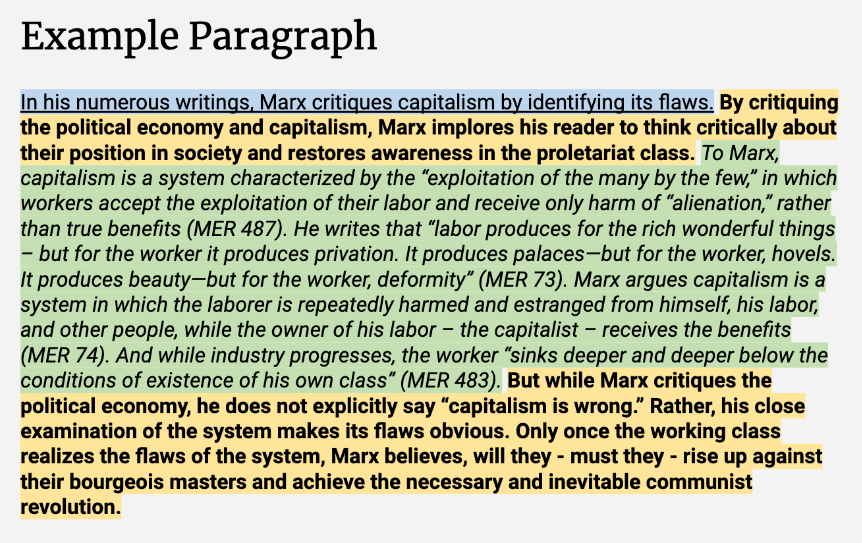Writing an essay can be a daunting task, but understanding proper essay structure makes it much easier. A well-structured essay not only presents your ideas clearly, but also keeps your readers engaged. In this post, we’ll break down the essential components of an effective essay, including the introduction, body paragraphs, and conclusion, along with tips for citations and editing.
The Importance of Essay Structure
Before diving into the details, it’s crucial to understand why structure matters. A clear structure helps organize your thoughts, making your argument more persuasive. Whether you’re writing a narrative, argumentative, or descriptive essay, following a logical format is key to communicating your message effectively.
Crafting the Perfect Introduction
The introduction is your essay’s first impression, so make it count! Here’s what to include:
1. Hook Your Readers
Start with an engaging sentence that grabs attention. This could be a compelling quote, a surprising fact, or a thought-provoking question.
2. Provide Background Information
Give your readers context to understand your topic better. This could include definitions, historical background, or relevant data.
3. Present Your Thesis Statement
The thesis is the cornerstone of your essay. It should clearly state your main argument or point of view in a concise manner. A strong thesis is specific and arguable, setting the stage for your discussion.
4. Outline Main Points
Briefly mention the main points you’ll cover in the body of your essay. This roadmap will help guide your readers through your arguments.
Developing Body Paragraphs
The body is where the heart of your argument lies. Each paragraph should focus on a single idea and follow a clear structure:
1. Start with a Topic Sentence
Each paragraph should begin with a topic sentence that introduces the main idea.
2. Use Evidence and Analysis
Follow up with evidence—such as quotes, statistics, or examples—that supports your point. After presenting your evidence, analyze it to explain how it relates to your thesis.
3. Incorporate Transitions
Use transitional phrases to maintain a smooth flow between paragraphs. This ensures coherence and guides your reader through your argument.
4. End with a Concluding Sentence
Conclude each paragraph with a sentence that summarizes the main point and connects it to your overall thesis or the next paragraph.

Concluding Your Essay
The conclusion is your final opportunity to reinforce your argument. Here’s how to wrap it up effectively:
1. Restate Your Thesis
Begin by restating your thesis in a fresh way, emphasizing your main argument.
2. Summarize Key Points
Recap the main points discussed in the body paragraphs without introducing new information.
3. Provide a Closing Thought
End with a strong statement that encourages further thought or action. This could connect your argument to a broader context, leaving your readers pondering your message.
Additional Elements to Consider
Proper Citations
Always give credit to your sources to avoid plagiarism. Familiarize yourself with the required citation style—such as APA, MLA, or Chicago—appropriate for your assignment. (Purdue University has a great online writing lab with citation guidelines for the most common writing styles; check that out here.)
Follow Formatting Guidelines
Pay attention to any specific formatting guidelines provided by your instructor. This includes font size, margins, and headings.
Revise and Edit
Once you’ve completed your essay, take time to revise and edit. Look for clarity, coherence, and grammatical accuracy.
Examples of Essay Types
- Narrative Essay: Focuses on storytelling and may follow a chronological order.
- Argumentative Essay: Requires a clear stance with evidence supporting both sides of an issue.
- Descriptive Essay: Uses vivid language to paint a picture, often organized spatially.
If you need some more suggestions, we previously wrote all about the various types of essays in our blog post here.
Final Thoughts
Mastering essay structure is vital for effective communication in writing. By focusing on the introduction, body paragraphs, and conclusion—and paying attention to citations and formatting—you can enhance both the clarity and impact of your essays. A well-structured essay not only conveys your ideas effectively but also keeps your readers engaged.